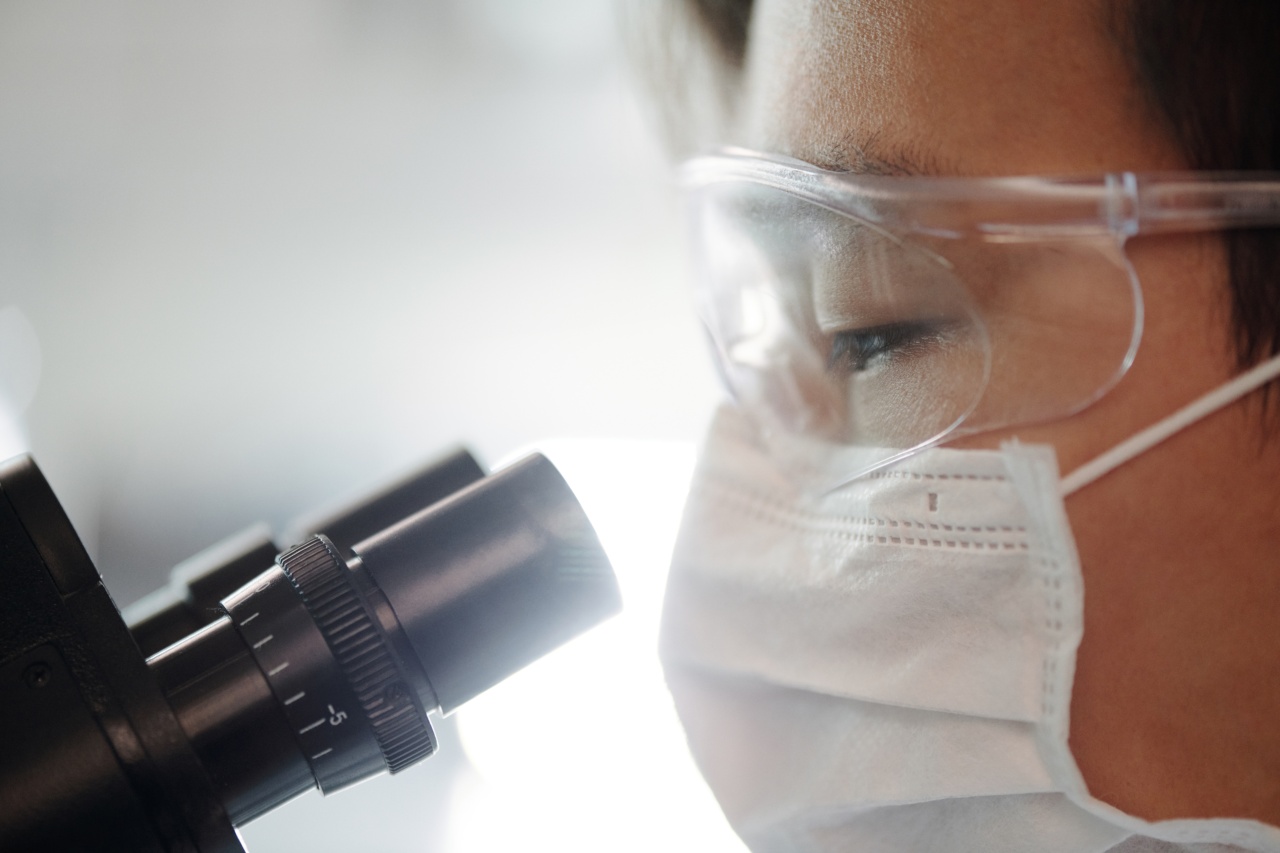The development of blood vessels is a crucial process that occurs in both sexes. Blood vessels play a vital role in transporting oxygen and nutrients throughout the body and removing waste products.
Understanding the intricacies of blood vessel development is essential for medical researchers and clinicians to develop strategies for treating cardiovascular diseases and other related conditions. In this article, we will investigate the development of blood vessels in both males and females.
Embryonic Development of Blood Vessels
During embryonic development, blood vessel formation starts with a process called vasculogenesis. This process involves the differentiation and organization of endothelial cells into blood vessels.
Vasculogenesis occurs through the aggregation and fusion of angioblasts, which are precursor cells of both arterial and venous endothelial cells.
Formation of Primary Vascular Plexus
The primary vascular plexus, also known as the capillary plexus, is the next step in blood vessel development. This plexus forms as the angioblasts differentiate into endothelial cells and begin to organize into a network.
Branching angiogenesis, a process of budding and splitting, leads to the growth and expansion of the primary vascular plexus.
Arterial and Venous Specification
In the process of blood vessel development, arterial and venous specification occurs. This means that endothelial cells differentiate into either arterial or venous cells.
Arterial specification is guided by various signaling molecules, including Notch, Wnt, and VEGF, which play pivotal roles in determining the arterial fate of endothelial cells. Venous specification, on the other hand, is influenced by EphrinB2 and COUP-TFII signaling.
Vascular Remodeling and Maturation
After the primary vascular plexus is formed, there is a process of vascular remodeling and maturation. This involves the pruning and regression of unnecessary vessels and the stabilization and maturation of the remaining vessels.
Pericytes and smooth muscle cells are recruited to blood vessel walls, providing structural support and promoting vessel functionality.
Sex Differences in Blood Vessel Development
While the overall process of blood vessel development remains similar in both sexes, there are some notable sex differences.
These differences are primarily driven by sex hormones, such as estrogen and testosterone, which influence various aspects of blood vessel biology.
Estrogen’s Role in Blood Vessel Development
Estrogen, predominantly present in females, plays a significant role in blood vessel development and function. It has been shown to enhance endothelial cell proliferation, migration, and angiogenesis.
Estrogen also promotes the production of nitric oxide, which helps dilate blood vessels and improve blood flow. Additionally, estrogen has been found to have anti-inflammatory effects on blood vessels.
Testosterone’s Influence on Blood Vessel Development
Testosterone, the main male sex hormone, also affects blood vessel development. It has been observed to promote vascular remodeling and maturation by stimulating the recruitment of smooth muscle cells and pericytes to blood vessel walls.
Testosterone also influences arterial cell fate determination and plays a role in the regulation of blood pressure. Furthermore, testosterone may have a protective effect on blood vessel function and reduce the risk of cardiovascular diseases in males.
Impact of Sex Hormones on Pathological Angiogenesis
Pathological angiogenesis, the abnormal growth of blood vessels, is involved in various diseases, including cancer and retinopathy.
Sex hormones have been found to modulate this process, with estrogen generally promoting pathological angiogenesis and testosterone exerting an inhibitory effect. These findings highlight the importance of considering sex-specific interventions and therapies for diseases involving abnormal blood vessel growth.
Conclusion
The development of blood vessels is a complex process that is crucial for the proper functioning of the cardiovascular system.
While there are similarities in blood vessel development between both sexes, sex hormones, such as estrogen and testosterone, exert specific influences on various aspects of this process. Understanding the role of sex differences in blood vessel development can pave the way for more targeted and effective interventions in the prevention and treatment of cardiovascular diseases.




























